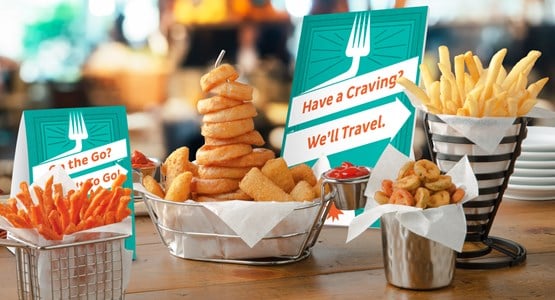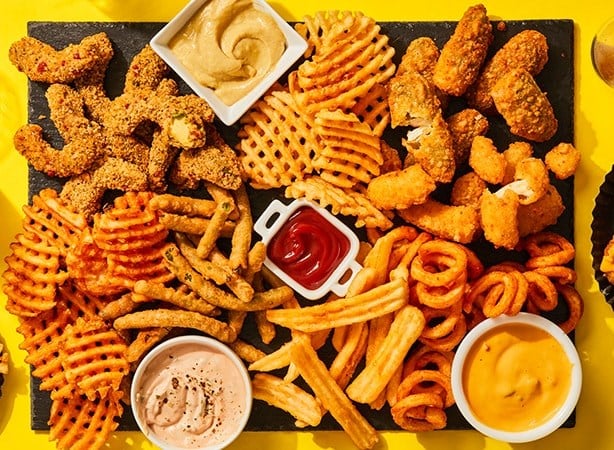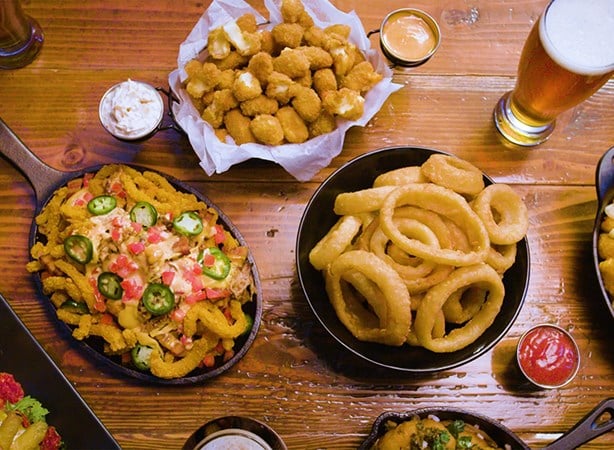
The appeal of delivery and takeout has been irresistible for restaurant operators feeling the squeeze of a slowdown in dine-in business. With 49% of consumers ages 18-34 saying they are ordering food to-go or delivery more often now than they were three years ago1, and with delivery checks being 63% higher than dine-in checks due to upselling and consumer’s tendencies to order more food2 , it’s easy to see why restaurants might want to get on board. And for the chains who have taken the plunge, returns have been telling—for instance,
Red Robin nearly doubled its off-premise business over the past three years, with off-premise amounting to almost 10% of the chain’s total sales in 2018. And, by 2020, the average restaurant’s delivery sales could top 40%.3
But pursuing those booming opportunities brings its own set of challenges, not the least of them being the operational imperative of adding new sales channels without upending the core business. Yet research and operators’ experimentation have revealed best practices that can ease the fundamental burden of providing takeout or delivered meals of the same quality that dine-in patrons expect. Here are some tips in the key areas of what to offer for off-premise, how to package it, and how to get it out the door.
What the people want
Offering the foods diners want is key for restaurants. No matter what the cuisine, it pays to offer a few people-pleasing dishes, including sides and apps.
According to Grubhub, fries are the third most-ordered item for takeout and delivery, so including them on the menu offers great opportunity for restaurants—provided they are delivered hot and crisp.
Using high quality packaging
One of the top concerns among diners who order delivery or takeout is that the food is just as high quality as it would be if they were dining in. For that reason, ensuring guests’ food is hot and crisp is crucial—no one enjoys soggy fries, after all. Use packaging that helps prevent moisture buildup, and choose fry cuts that retain heat well, like options with a batter or coating. Other tips for ensuring fries and fried food stays hot include using napkins to insulate the packaging and considering lids and other methods for keeping food fully covered. As for staying crisp, using vented containers can go a long way.
Encouraging participation with promotion
Off-premise orders are surpassing dine-in occasions for many consumers, according to Technomic’s 2018 Takeout & Off-Premise Consumer Trend Report. Of their overall purchases from restaurants, consumers report that 57.2% are carryout or delivery orders while only 42.8% are eaten on-site. For operators, ensuring those numbers grow even more means getting the word out. Promote to-go services to dine-in guests via table tents, counter cards, napkin insets and posters.
Highlight takeout and delivery services online on the restaurant’s website, social media posts and through third-party delivery service communications. And for to-go or delivery orders, include menus and business cards calling out delivery services and highlighting the web address or third-party app.
As time-strapped consumers lean more and more on the convenience of meals picked up or delivered, restaurants must seriously consider adapting operations to satisfy the demand for off-site dining. With the number of consumers regularly ordering delivery and takeout on the rise, it’s in restaurants’ best interest to ensure they’re appealing to their entire customer base—not just those dining in.
Sourcing:
1:Technomic’s 2016 Takeout & Off-Premise Dining Consumer Trend Report
2:The Why Behind the Dine, Spring 2017
3:Restaurant Business, “Potential Sales Mix for Delivery Could Top 40%, Study Finds,” – August 2017


